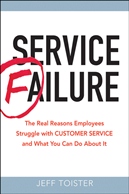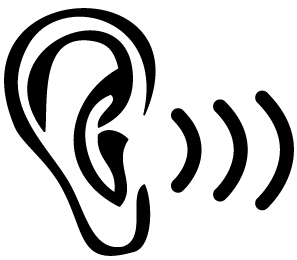Self-service or customer service?
 Jeff Toister
Jeff Toister  Monday, September 26, 2011 at 3:56PM |
Monday, September 26, 2011 at 3:56PM | I read an article today that said many supermarkets were re-thinking the strategy of installing self-service checkout stands. Some customers seemed to like them while many customers found it easier or more pleasant to have a cashier ring up their purchases. (Read the article here.)
The article reminded me of an oft-asked question: Should we offer self-service or customer service?
My response is that’s the wrong question.
When self-service is great, it’s really great. Printing out my boarding pass at an airport kiosk or downloading it to my smart phone is a terrific time saver compared to waiting in line for a ticket agent. Looking up nearby coffee houses on a website or mobile app is much easier than spending 10 minutes calling a 1-800 number to get directions. Visiting a software company’s online learning center is much faster for me than signing up to take a class.
On the other hand, self-service can waste of time, cost money, and be extremely aggravating. Automated phone menus at the other end of 1-800 numbers often needlessly waste five minutes or more of my time before I can get to a person who can actually help. I don’t appreciate being charged a $7.50 “convenience fee” if I want to buy tickets to a play or sporting event online when I can buy them in person from a box office agent without paying a self-service surcharge. And, I really don’t like feeling like an idiot while I’m trying in vain to scan, bag, and pay for my groceries faster than the cashier in the checkout line.
Companies considering a self-service or automated option should start by asking themselves, “How can I offer the best possible service at the lowest possible cost?” These aren’t mutually exclusive options. Rather, they are counterpoints to a balancing act between a genuine desire to make every customer ecstatic about your business and the need to maintain fiscal responsibility.
Perhaps the best quote in the article was from Suzi Robinson, a spokesperson for Stop & Shop Supermarket Co. who explained why the company has self-serve lanes in about 85% of their stores. “Our philosophy is giving customers options. People shop in different ways and we want to accommodate their preferences.”






